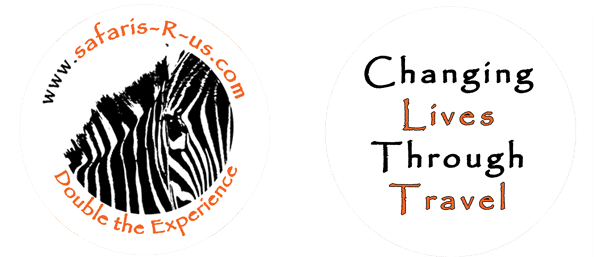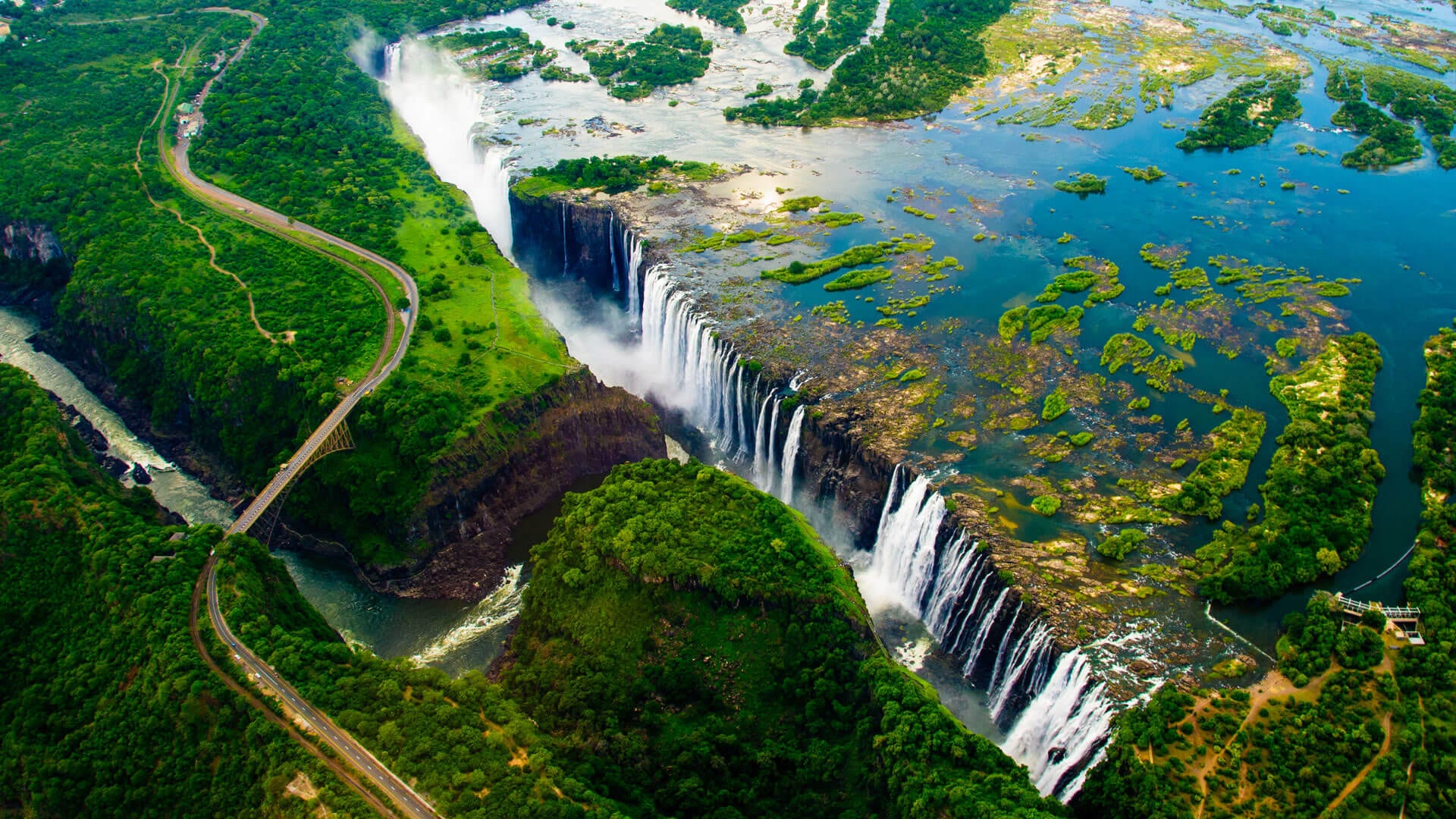Mount Kilimanjaro is the highest free-standing mountain in the world, and because it is also one of the most accessible high summits, visitors from around the world travel to Africa to conquer it.
Most climbers reach the crater rim (just below the summit at 5685m) with little more than a walking stick, warm clothing and plenty of determination. Those who eventually reach Uhuru Point, the actual summit at 5895m, will have really earned their climbing certificates! Any reasonably fit person over 15 years old can have a go at reaching Mt Kilimanjaro’s summit- the oldest on the record being 87 years old.
Many people still climb during the “green season”, but the weather can vary due to rain, sun, wind, fog, snow, etc which can cause variations in oxygen levels as well as make the trek a little uncomfortable. Whenever you choose to climb the mountain, you will come across three distinct vegetation zones: Rainforest, Desert, and Scrub
The most popular routes up Mt Kilimanjaro are Marangu (where you sleep in huts each night) followed by Machame, Rongai, and Lemosho routes (where you camp each night and eat in a mess tent like the picture on the right). Below are the various routes at a glance.
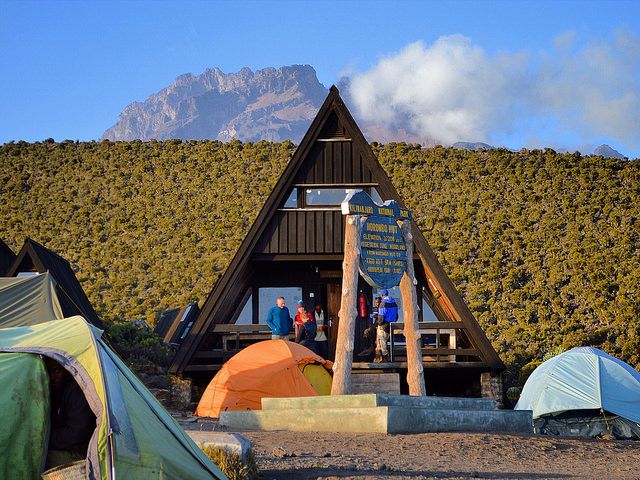
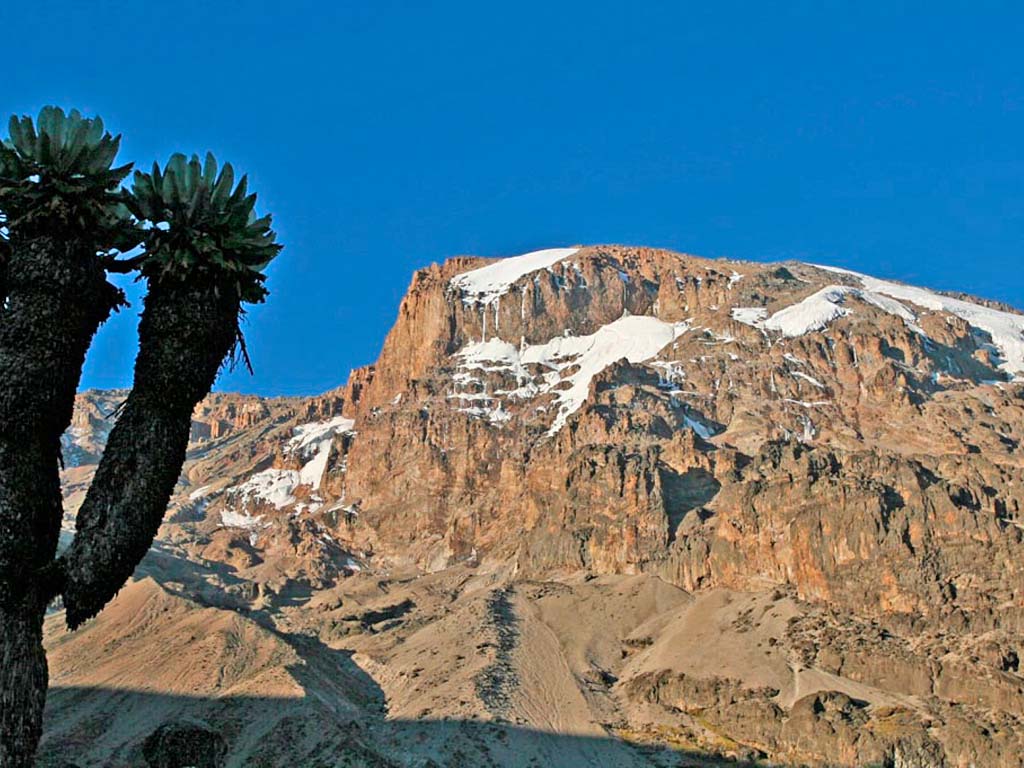
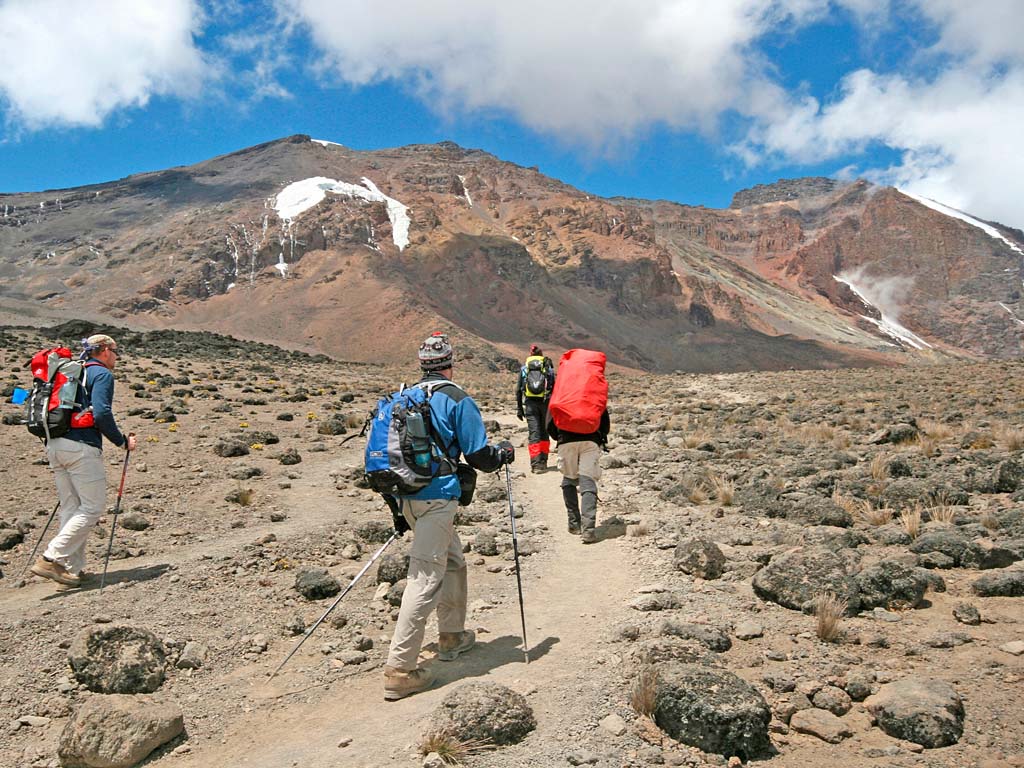
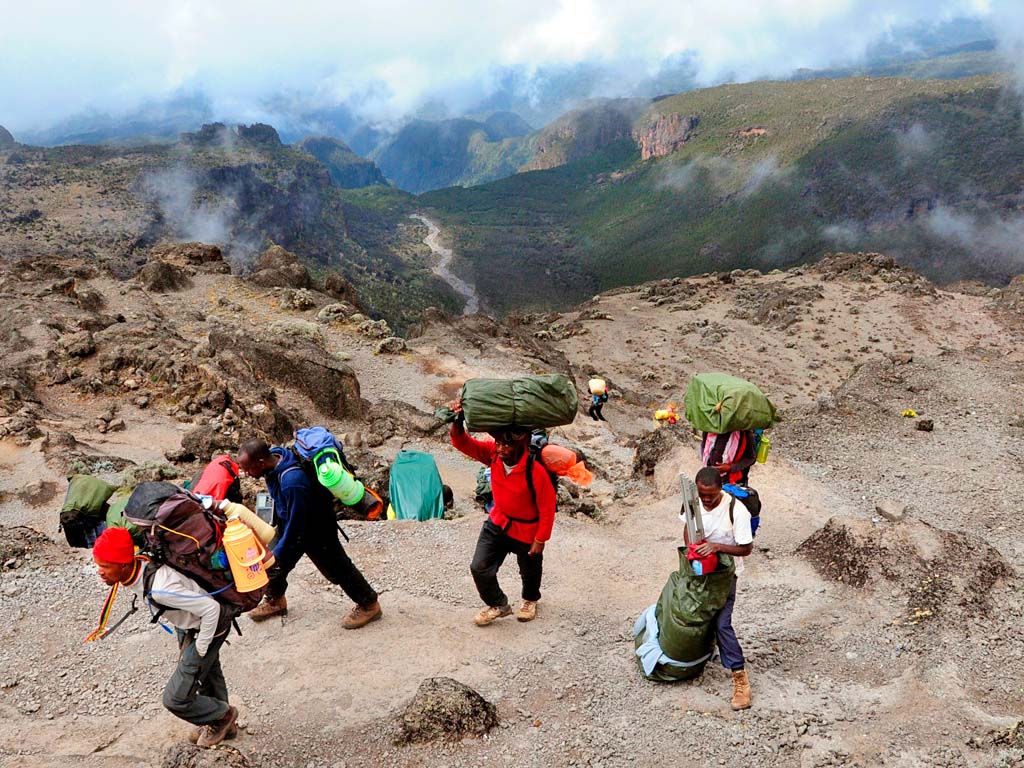
Below is a table that summarizes the information on each route. We have given our own ratings to each of the routes. Depending on your age, fitness, and general health, we hope it will help you to make the best decision as to which route you will use to climb to the roof of Africa!
Compare Routes
| Kilimanjaro Route | Days | Difficulty
Level |
Ok in Wet Season | Scenery | Traffic | Overall Rating |
| Marangu Route | 6 | Medium | Yes, as there are huts to sleep in | Good | High | ** |
| Machame Route | 7 | High | No | Excellent | High | *** |
| Rongai Route | 7 | Medium | Yes, as it is in the mountain’s rain shadow | Very Good | Medium | **** |
| Lemosho Route | 8 | Medium | Yes | Excellent | Low | **** |
